1921 Leyat Hélica 2H Conduite Intérieure
Courtesy the wonderful website PreWarCar comes this story of the remarkable Hélica, a wingless aircraft meant for public roads, sold in small numbers in the late ‘Teens and early 1920s. The occasion for their article was a new display in the Louwman Museum in the Netherlands, of an original Hélica with one family from new ownership, recently donated. Having seen a Hélica or two in action at Vintage Revival Montlhéry, I think you’ll agree it’s a vehicle of tremendous charm and fascination. Here is the PreWarCar story, republished here with their kind permission:
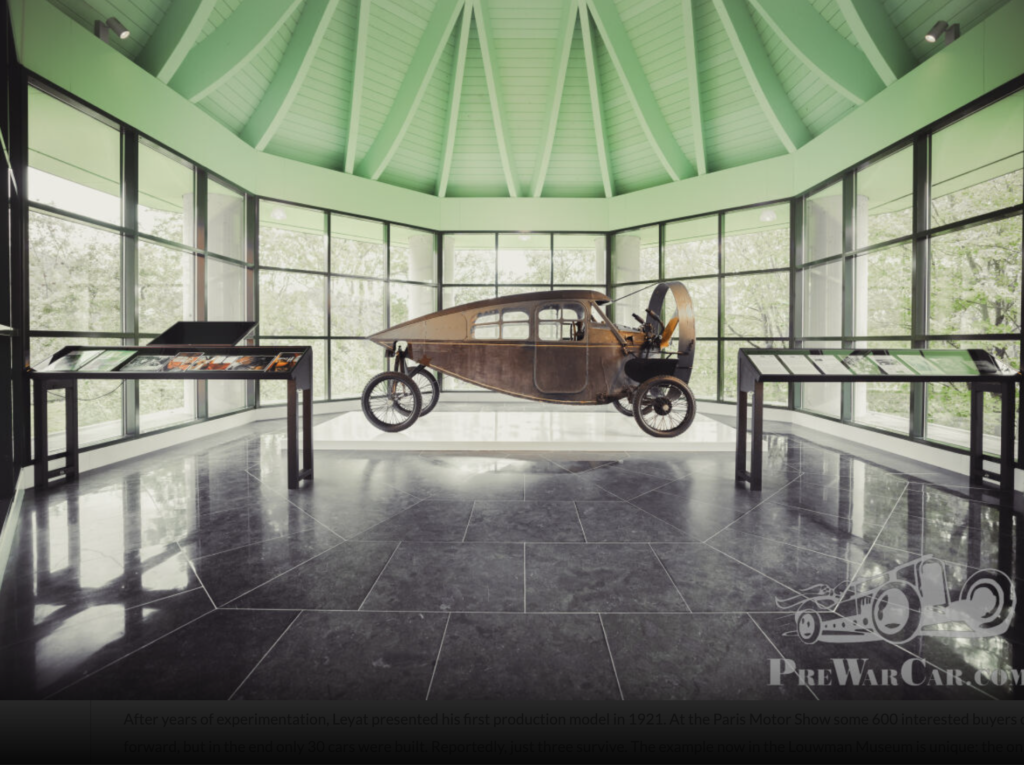
There are museums you might think are already complete, that nothing more could possibly improve their collections, and that they should remain exactly as they are. The Louwman Museum in The Hague is such a place. Yet once again it has managed to surprise us – and even tempt us into a new visit. The reason? A remarkable addition to the collection: an original 1921 Leyat Hélica 2H Conduite Intérieure, one of two examples ever built, and the only one in fully original condition.
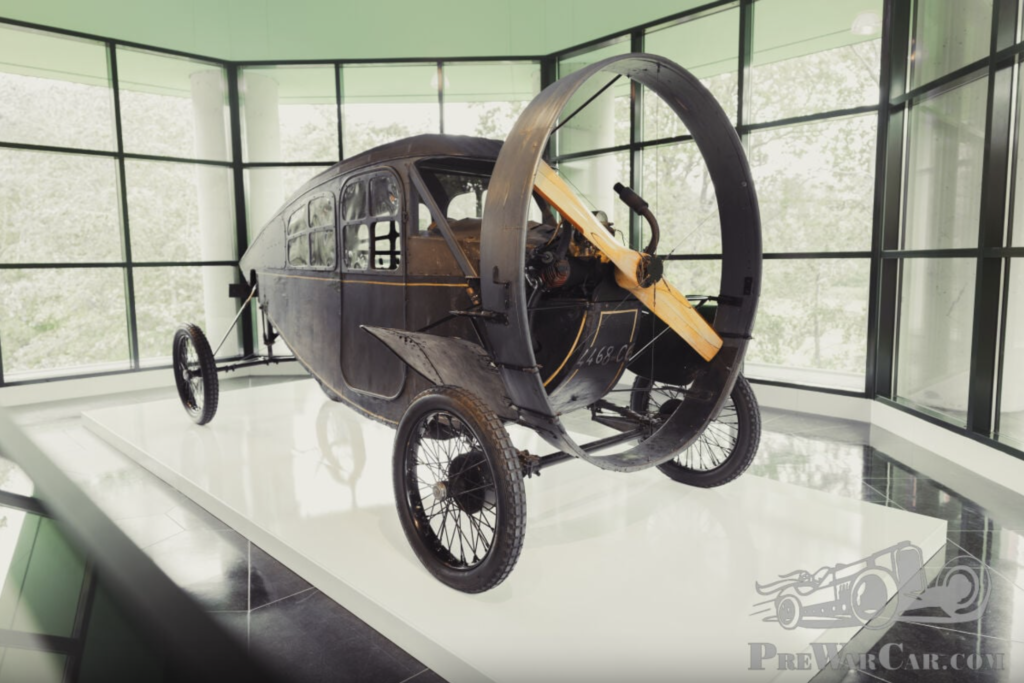
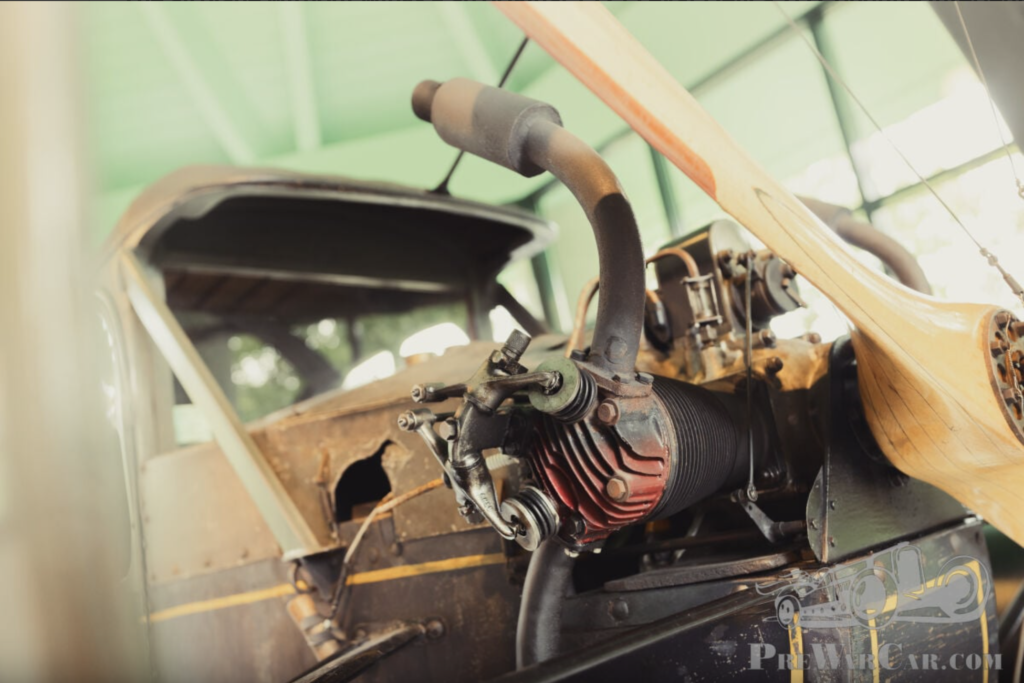
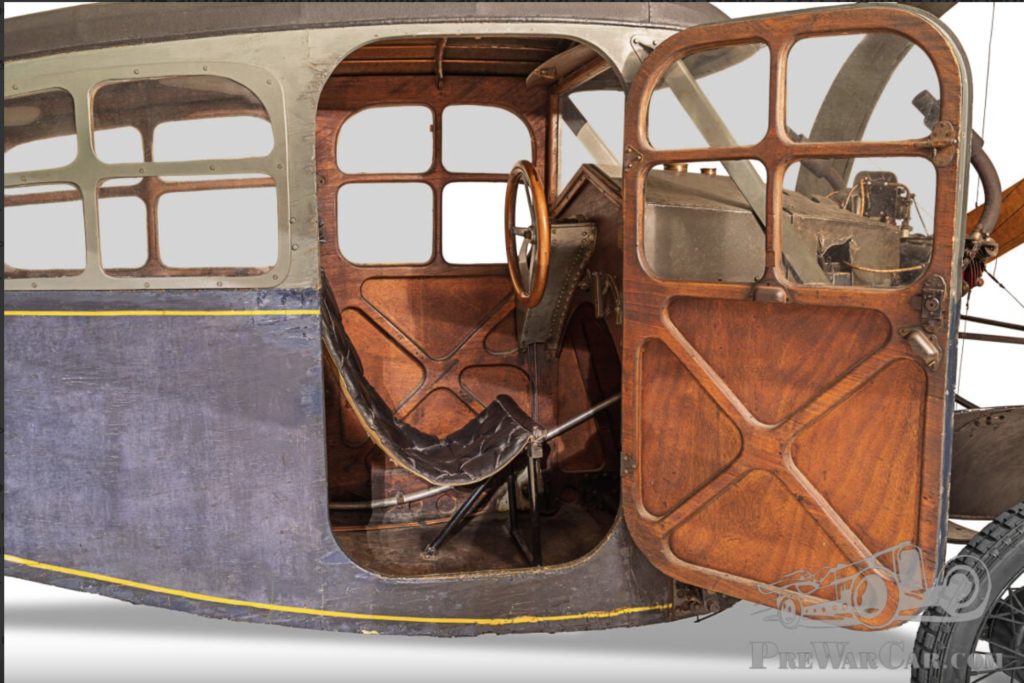
More on the Hélica from the Musée des Arts et Metiérs in Paris, where another original-paint example is on display:

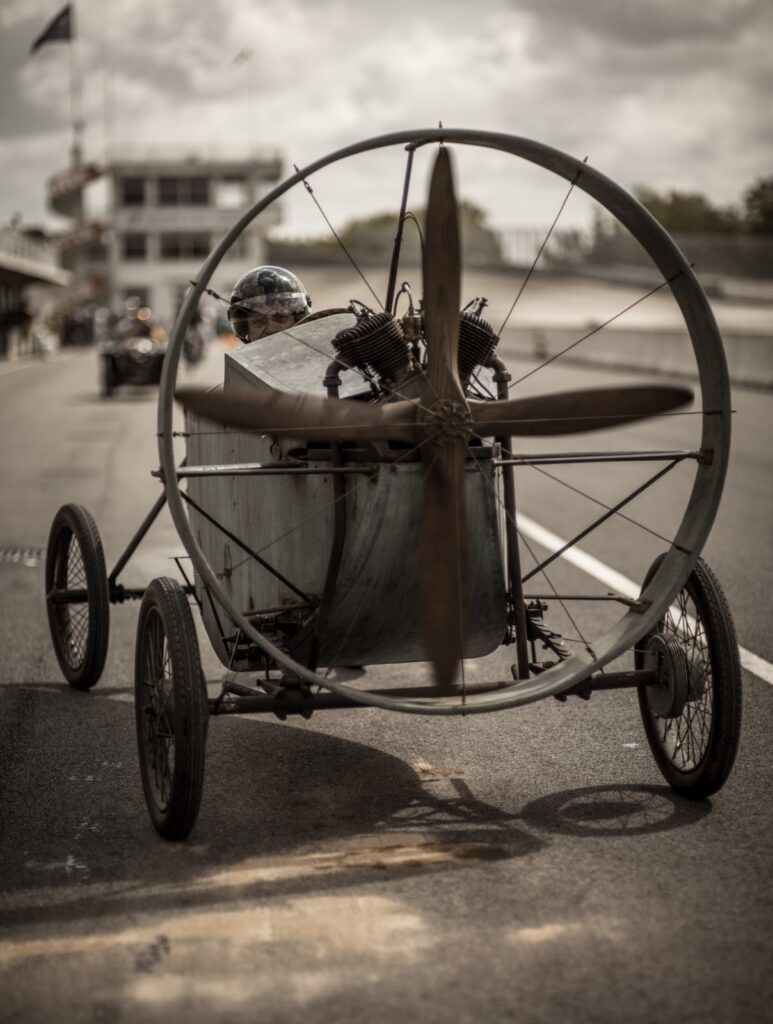


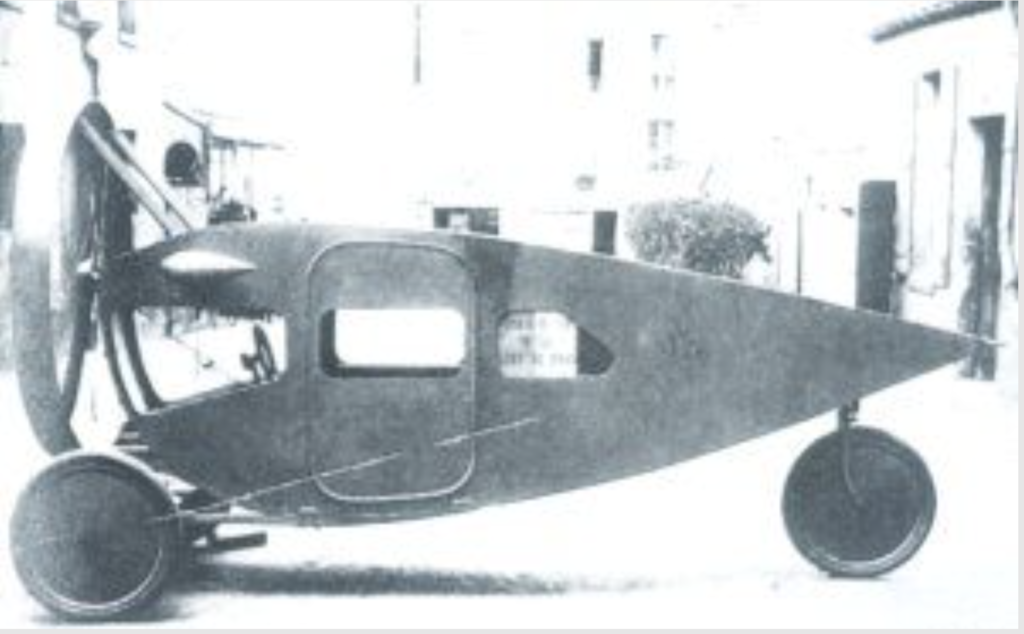


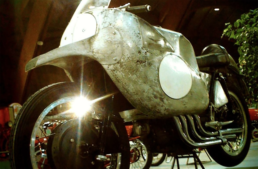
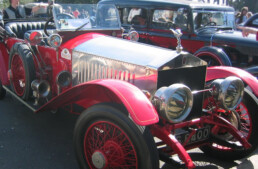
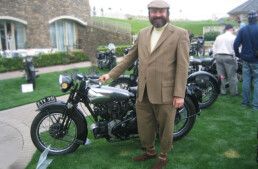
These ‘ prop’ cars put a smile on my face . How or why anyone thought this was a good idea is beyond comprehension … yet if memory serves me correctly … there were many who tried … albeit all failing in the process .
The fact that any of these abject failures survived .. is amazing …. a testament to the ole adage …
” Just because you can … most definitely does NOT mean you should ”
Current automotive and M/C technology please take note !
😎
In a moment of dark humor … can you imagine the results of a head on collision with one of these things ?
Errrr ….. Pedestrian Burgers …… Chicken Fried Squirrel ….. Salisbury Poodle ….. Kiddie Loaf …. Ground Tabby … Elder Sausage …. Chihuahua Tartare ?
Eeesh …. Hmmm … the creators of Soylent Green’s got nuthin over a road full of these contraptions ….
😎
Hmmm ……. errrr .. Racoon Sliders ….Groundhog patties …. Chili ConPossum .. Rabbit Fritters …. genuine 100% hot DOGS … eesh … this could go on forever .. with the RoadKill Cafe never being short of supply .. despite all the stupid … well … you know
Oh well … as they say … old habits die hard .. even when you are old ( but not dead ) and kind of in the way ….. more often than not … intentionally ….. ( deal with it SnowFlakes )
😎
It would give road kill a more spectacular finish… though anyone using a Hèlica today fits a screen in front of the prop
I would think so what with liability laws being what they are these days !
But don’t get me wrong PdO … despite the moments of ‘ dark ‘ humor ..
.. I really do get a kick .. albeit an ‘ oddball ‘ kick out of these things . Creative ? Damn right ! Practical or in reality functional though … not hardly … so a bit of motorized madness to put a smile on any thinking person’s face .. be the beast be static or running
Now about them Raccoon Sliders … could I get mine with a side of crab grass / dandelion slaw and a good dark micro brew ? 😎
Reminds me of that movie ‘Gizmo’ which is a compilation of all these crackpot contraptions from old newsreel footage.You know,the airplane with about 10 wings stacked like a biplane that goes just 20ft. before collapsing in on itself being one of the more famous ones.
Some Italians in the 30s made the most feasible of these things when they built this airplane whose entire fuselage was a giant hollow tube about 10 ft. in diameter and 30ft. long with the engine and prop inside it.The pilot was in a little bitty cockpit at the top.It flew and not too badly it looked like.Reminded me of an old girlfriend.